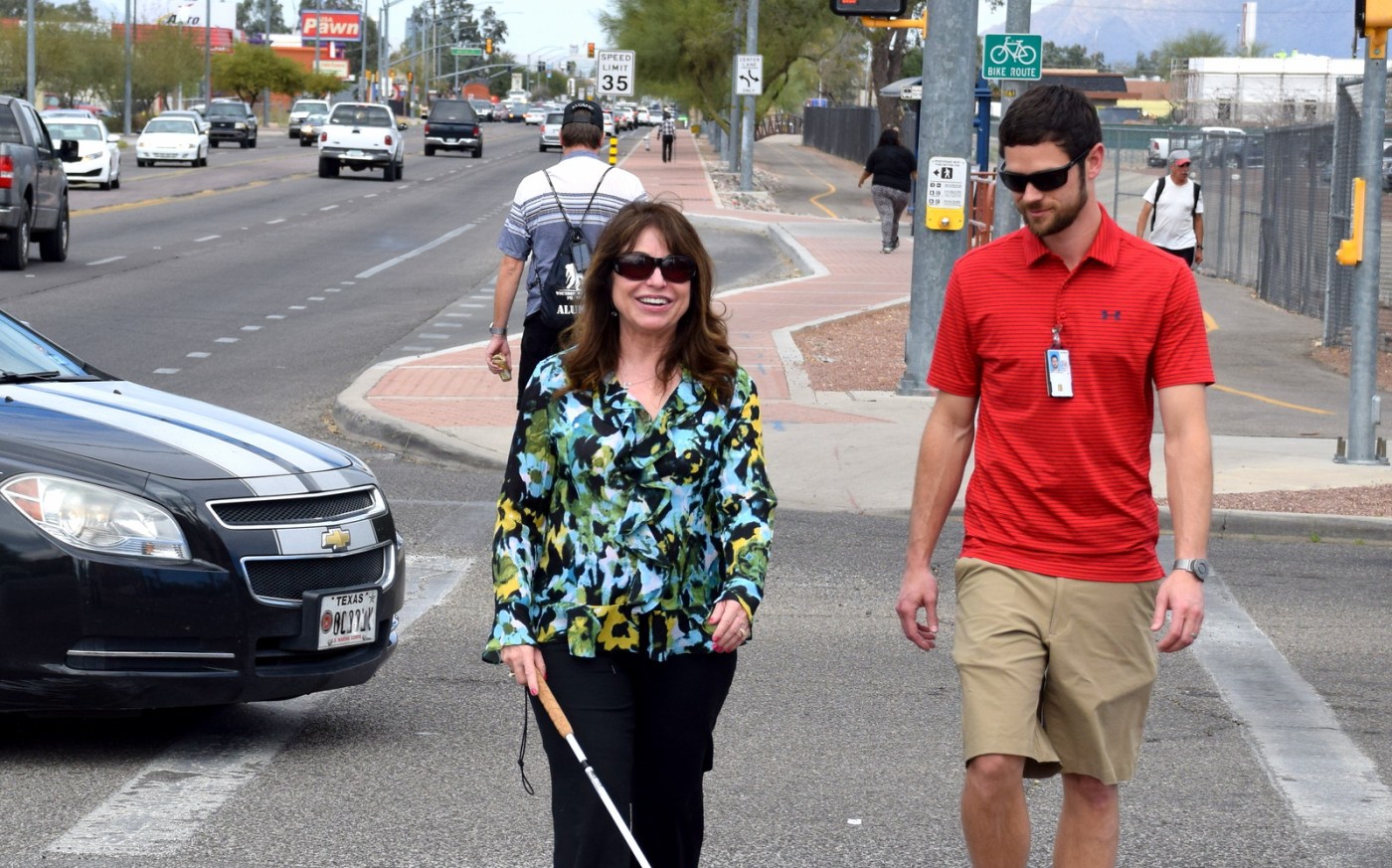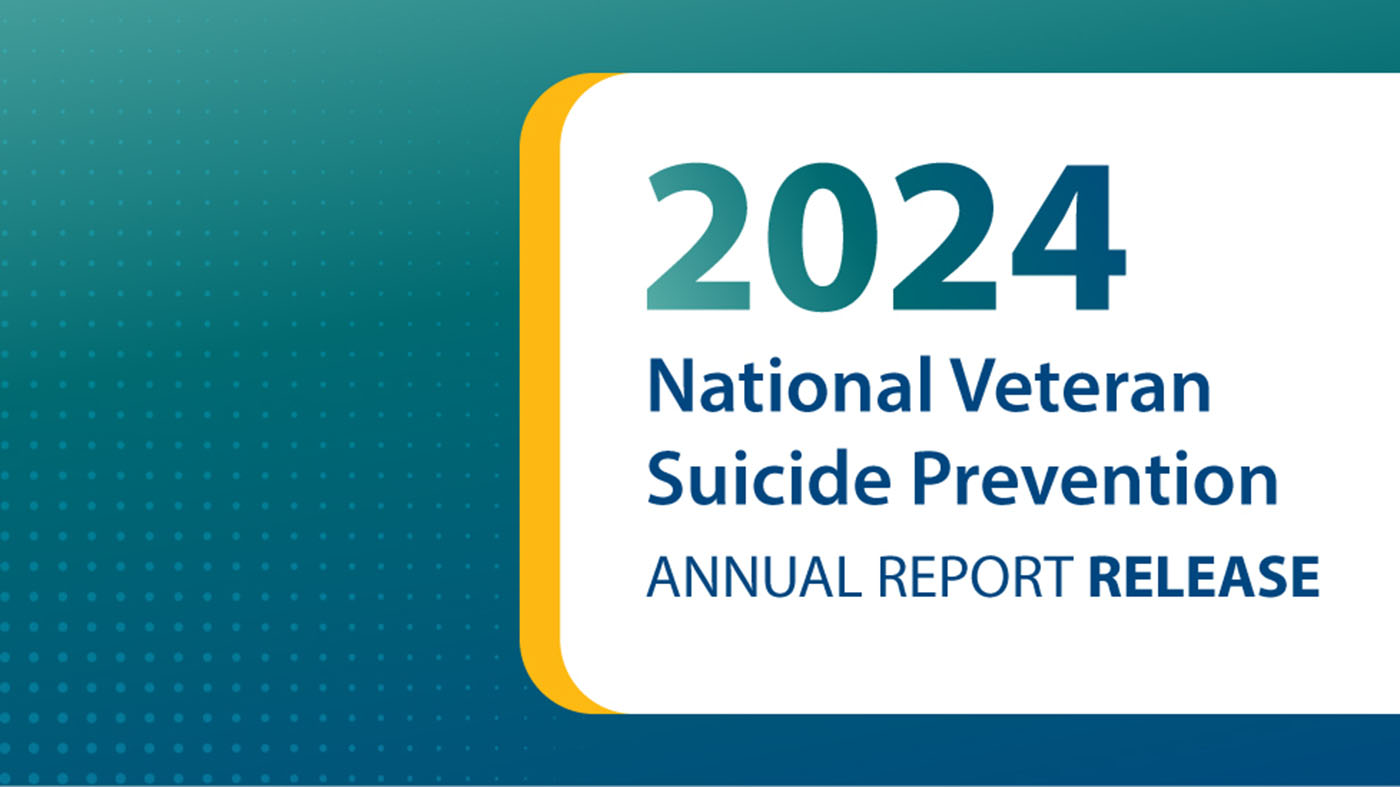When people ask me about the problem with my eyesight I tell them I have Retinitis Pigmentosa and to help “break the ice”, I often share a few analogies …
“There are three million people in the US living with Retinitis Pigmentosa, so that’s like the city of Phoenix all being blind or legally blind.”
“No I don’t drive anymore. My cane just isn’t long enough to reach the street from the car.”
All kidding aside, dealing with vision loss is a constant reminder of the importance of what it means to develop character in adversity.
Studies show that Retinitis Pigmentosa occurs in about 1 of every 4,000 people in the United States and there are nearly 32 different forms of the disease. It typically causes night blindness and tunnel vision.
In managing my disability, I feel fortunate as a Navy Veteran to have access to VA services and recently went through the dual program at the Southwest Blind Rehab Center at the Tucson VA Medical Center, which is part of the Southern Arizona VA Health Care System (SAVAHCS) located in Tucson, AZ. The Veteran centric approach to care helped me put distance between myself and the darkness I sometimes find.
Wide Range of Services
The Center is led by Diana Kellermeyer. She and supervisory blind rehabilitation staff lead five teams of instructors who cover an extensive gamut of services including:
- Mobility training and orientation to help learn the use of the white cane and other assistive techniques;
- Technology classes to help students learn how to use accessibility features on computers, smart phones, tablets and other assistive devices;
- Daily living skills including safety in the kitchen while cutting food and using stoves, tricks on how to measure food/liquids, reading through the use of a device called a victor reader, talking clocks and more;
- Manual skills in arts and crafts to help improve fine motor skills, learning how to use equipment safely especially tools for woodwork, and home repairs;
- Low vision training helps me scan a room effectively to optimize the sight I have, learning ideal distances from the computer and learning how to read body language cues through the eyes since my vision often blocks out a portion of a person’s face;
- Counseling to assist in any personal adjustments to vision loss through individual and group therapy meetings;
- A thorough optometry exam to include prescriptions, best sunglasses to reduce glare and enhance vision, etc.;
- Nursing care for those who need assistance during the program;
- A recreational component including night time activities, outings, visits to various Veterans Service Organizations and an overall uplifting sentiment.
I was part of the “Chili Pepper” team supervised by Brenda Miller Stockton. My team facilitator was Charles (Alex) Smith who worked with me on mobility and technology. Denise Omdahl assisted with manual skills like woodworking. Deb Nore supported me through living skills and Terry Moss helped me improve my low vision skills. This integrated approach reminded me of a saying by Helen Keller the deaf/blind American author, political activist and lecturer… Alone we can do so little, together we can do so much.
“The innovative attitude from our director allows us as instructors to better understand our student’s lives, goals, and how training in one area of blind rehab overlaps into other areas of blind rehab,” said Smith. “This enhances our understanding as instructors and functionally allows our Veterans to understand how to use their training from all their classes together–not isolated from one another.”
Employees with Positive Attitude is Key
The teams were Veteran centric and “empowered”. So I asked Kellermeyer her leadership insights on building such collaborative teams.
“First, I look for the right person for the job,” she said. “Then I let them tell me what they need to do to help each Veteran. I keep our staff engaged through coaching, mentoring, and cross training. I strive to build people for the good of the organization, to be innovative, and I ready them for wherever their future may lead. I’ve found hiring employees with a positive attitude is key.”
The training through VA’s Southwest Blind Rehab Center will help me by utilizing proper cane techniques (I was a bit rusty) in my mobility, in using adaptive guidelines through my daily living skills, and developing enhanced computer skills through assistive technology.
But perhaps the most memorable experiences is the camaraderie of fellow Veterans through an inpatient setting. I met a World War II Veteran who earned the Silver Star, and another who landed on Utah beach during the Normandy invasion. I met a Korean War Veteran who handled artillery. I met several Vietnam Veterans, two with Purple Hearts. And I met several other Veterans from different conflicts all dealing with vision loss. In close quarters we were able to share our fears, our challenges and our hopes.
The program gave us the chance to renew our spirit of courage and strength to carry on.

Topics in this story
More Stories
The Medical Foster Home program offers Veterans an alternative to nursing homes.
Watch the Under Secretary for Health and a panel of experts discuss VA Health Connect tele-emergency care.
The 2024 National Veteran Suicide Prevention Annual Report provides the foundation for VA’s suicide prevention programs and initiatives.







What do u mean va hospital, primary care , and other clinic don’t help veterans in need how blind sided that really is see vet 30 mins see u in 6 months. They only look at records for 3 sec.veteran need to him/her. The he /her moves on start all over , how blind side that is, a clinic refused to cc veteran, the blind can do so much put either was 99% stories written on here has no weight in gold cover 99 % of bs they feel it worth while, why don’t they say truth, wasting gov funds were it not helping vets, bonus, and making veterans wait for travel pay 3-4 weeks, I though new system speed up services I seen 2 doc 3 week no travel pay and ccc doc 2 times this week.Mon and weds so who’s leading the blind va system over haul still in stone age computer